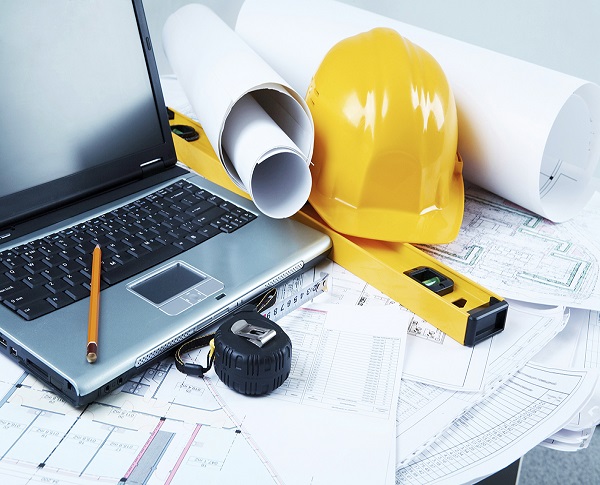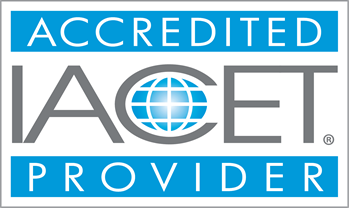Free Course
30 Hour OSHA Construction Safety and Health
30 Hour OSHA Construction Safety and Health
Course Modules - (27)
OSHA Compliance Training That Saves Time, Cuts Risk, and Reduces Costs
Learning Outcomes:
- Understand safety protocols in the workplace.
- Recognize potential hazards and mitigate risks.
Completion Requirements:
- 100% appearance for the course
- Fully involvement in all class trainings (determined by instructor)
- Completion of Continuing Education and Training Registration Form
- Completion of mandatory quiz assessments
- As applicable, attainment of least passing score on required end-of-course examination
- Participation and submittal of end-of-course assessment form (must provide name on form to obtain credit)
Students may request IACET CEU credit upon successful completion of the course, provided all required criteria are met. This option is available for those who wish to receive official recognition of their continuing education.
Online OSHA classes tend to be more cost-effective than in-person courses. You can save on travel expenses, lodging, and other associated costs, making online training a more budget-friendly option. Additionally, online courses can often be completed more quickly than their in-person counterparts, as you can work through the material at your own pace and without the constraints of a fixed class schedule.


